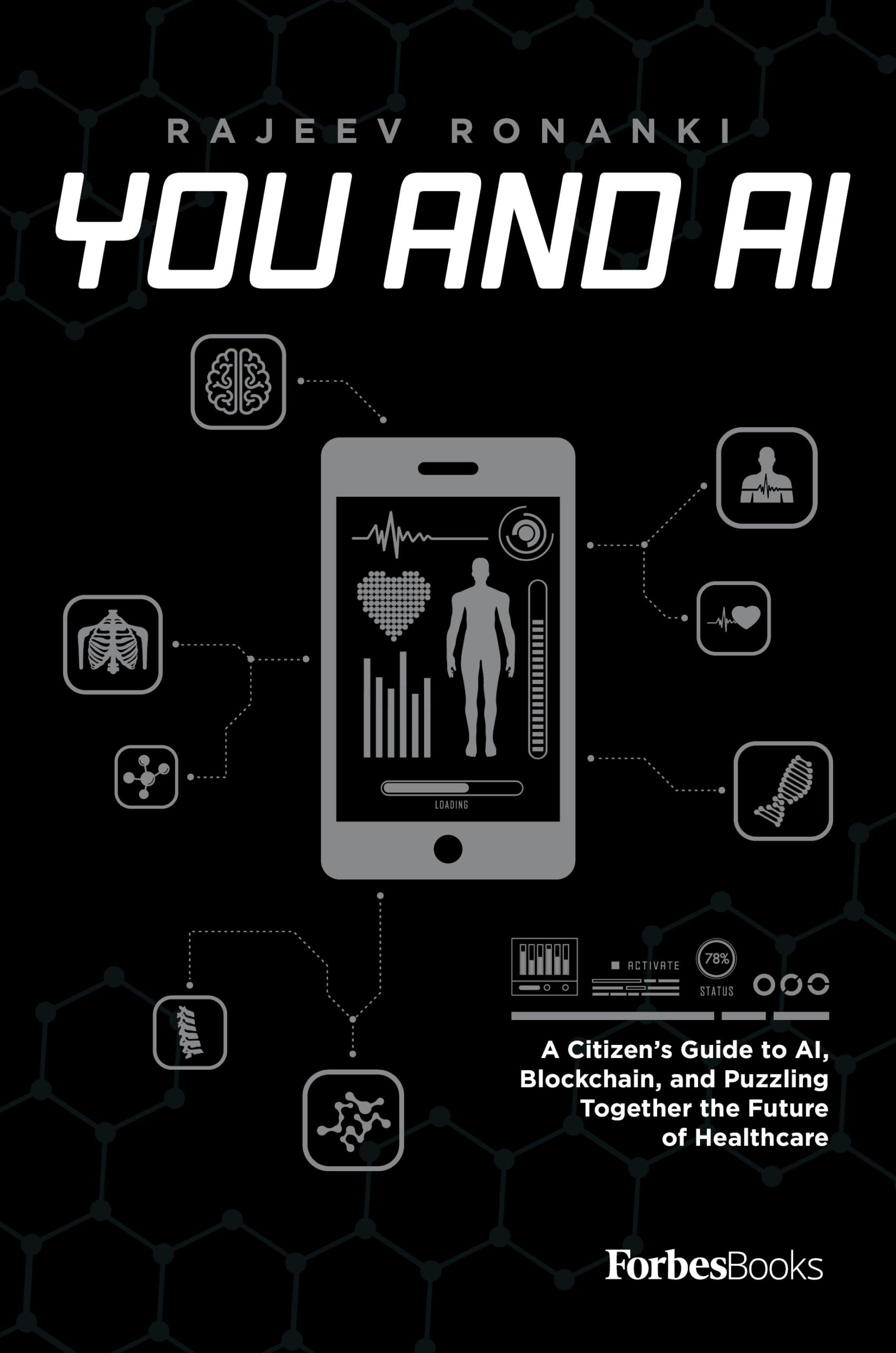You don’t have to be a trained oncologist to know the earlier you can detect cancer, the sooner you can begin treatment. The sooner you can begin treatment, the greater your chance of survival. This is exactly the approach that the Computer Science and Artificial Intelligence Laboratory at MIT is taking in their breast cancer research.
Recently, they developed an AI tool with the ability to predict the development of breast cancer up to five years in advance. How?
First, mammograms are scanned to look for precancerous formations. The AI then analyzes these visualizations, comparing them to those of other patients with known outcomes, i.e. breast cancer diagnosis. This then yields insights that can reliably predict the likelihood of one’s risk for developing breast cancer.
Incredibly, the tool already outperforms current screening models and future improvements on the algorithm might include an assessment of genetic risk. By observing genetic markers and mammograms directly, AI tools can avoid the bias implicit in preconceived notions of risk. The machine can assess risk more efficiently than a human doctor can do alone by observing objective markers in cases with known outcomes. This is a sounder, more scientific methodology than making guesses about someone’s “family history,” which is typically a very small sample size.
Similar research is taking place at the Department of Radiology and Biomedical Imaging at UC San Francisco in terms of predicting one’s risk for Alzheimer’s. They used machine learning AI tools to analyze PET scans from Alzheimer’s patients and measure subtle differences in brain glucose levels and other biomarkers. As a result, the AI system predicted which other patients would develop Alzheimer’s up to six years in advance with over 90 percent accuracy!
Now imagine the impact this would have on an Alzheimer’s patient and their family. As treatments improve, what if a patient could have a six-year head start in counteracting Alzheimer’s? What if the patient and family had the ability to better prepare? Worst case scenario—if the patient doesn’t develop Alzheimer’s, they are still in better shape to handle other medical issues which may arise with age.
Likewise, researchers at Oxford have used machine learning AI tools to identify biomarkers for predicting heart attacks and arteriolosclerosis. According to their published research, they believe they can predict heart disease five years in advance of typical diagnosis practices. Five years is an incredible window for a patient to make lifestyle changes and prevent arteriosclerosis from ever happening in the first place. After all, arteriosclerosis is difficult to reverse once it sets in, but easy to avoid through lifestyle changes and treatment if you know you’re at risk.
All three of these examples are cited in my book You and AI: A Citizen’s Guide to AI, Blockchain, and Puzzling Together the Future of Healthcare. But they represent a fraction of the potential uses of AI in medical prognostication and, more importantly, prevention. Similar AI prediction tools are being developed for diabetes and stroke risk to provide personalized insights into lifestyle choices and other factors which could then lower an individual’s specific risks.
It would take decades for human medical professionals to uncover these kind of insights looking at the same data—if ever. This is a massive loss of time in which patients and doctors would still grapple with these conditions before they could apply the insights with any degree of confidence. Meanwhile, AI can draw out these insights in a fraction of the time and continuously improve on them as new data is fed to the system, such as genetic discoveries waiting to be uncovered.
Improved diagnostics and therapies are wonderful—but they are largely reactive measures. The greatest area for improvement in health outcomes and cost reduction is prevention. AI-driven prognostics make these possible, bolstering our ability to prevent disease and prolong health.
By creating a clearer picture of risk, AI paves a road of prevention. This can guide patients and providers to take corrective action before the risk develops into a diagnosis—or worse. This approach to AI in prognostication is limited still but needs to be adopted at scale across the whole healthcare system. Doing so could save lives, improve the quality of life for patients, along with lowering costs for providers and society as a whole.

